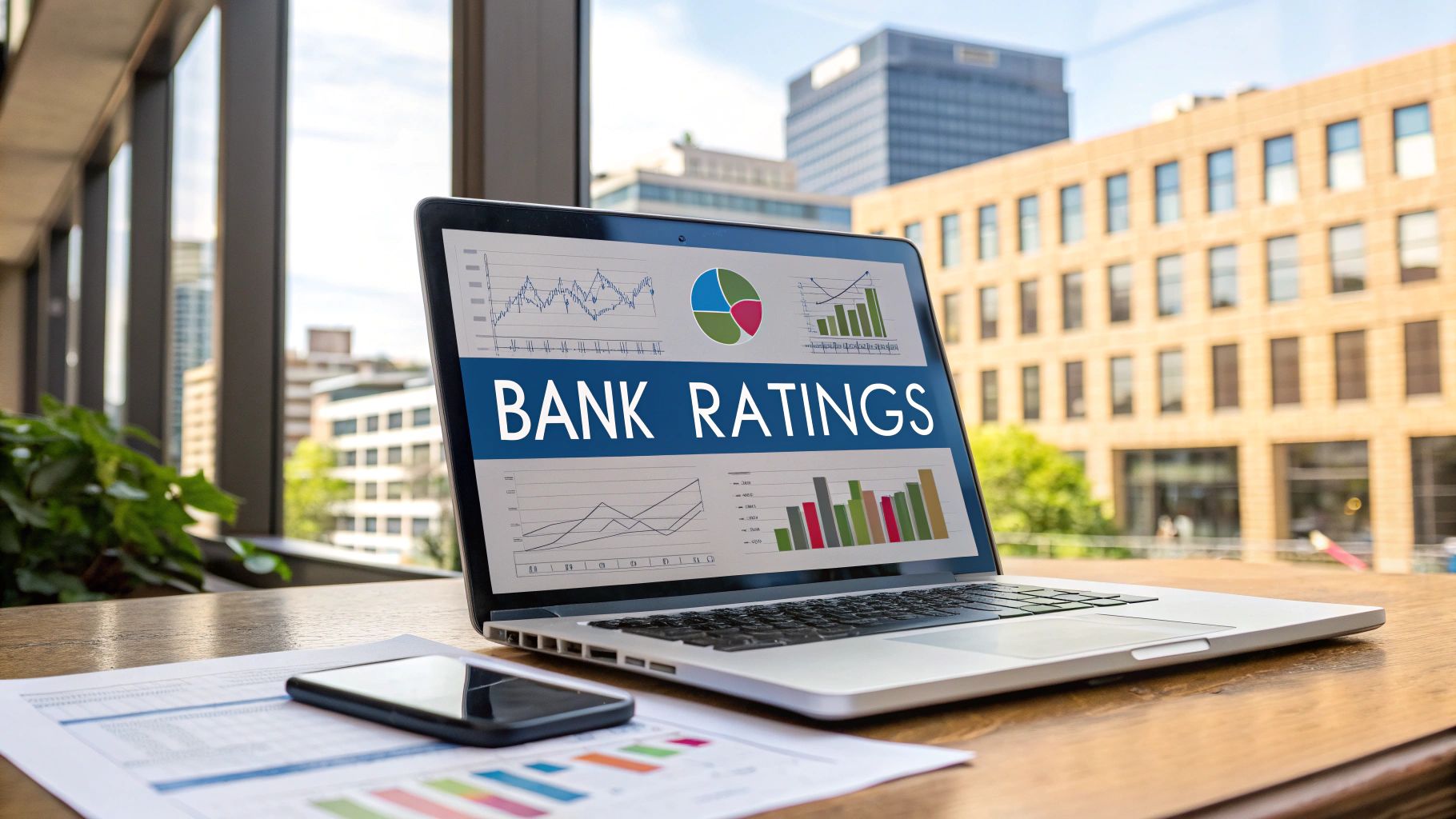
U.S. regulators proposed new bank capital rule changes on Thursday designed to strengthen the U.S. banking system. The proposals were offered in a joint press release from the FDIC, Federal Reserve, and OCC. According to a joint press release, the proposed rules would complete implementation of the Basel III agreement.
Bank capital rules for banks with assets of $100 billion or more
In addition to the Basel III compliance rules, the new proposal seeks to tighten capital requirements for the nation’s largest banks. While community banks will supposedly be unaffected, the rule changes would impact larger banks. That includes all banks with assets totaling $100 billion or more.
As the press release notes, the announced rule changes would encompass several areas of concern:
“In particular, the proposal would standardize aspects of the capital framework related to credit risk, market risk, operational risk, and financial derivative risk. Additionally, the proposal would require banks to include unrealized gains and losses from certain securities in their capital ratios. These banks would also be subject to the supplementary leverage ratio and the countercyclical capital buffer, if activated.”
Comment period and potential modifications
Regulators have said that “most” of the affected banks are expected to have enough capital to adjust to the new rules. In addition, the bank capital rule changes are designed to provide “transition provisions” to reduce their impact. Those provisions were added to ensure that banks have enough time to adapt to the new rules.
The three agencies expect banks to begin adopting the bank capital rule changes by July 1, 2025. The expectation is for large banks to fully comply by July 1, 2028. The press release confirmed that public comment on the proposal will be open until the end of November. The public is also invited to comment on a second proposal to alter capital surcharge calculation for the country's biggest banks.
See Also: FDIC Chair: Basel III to Raise Capital Requirements for Banks with more than $100B in Assets
Similar Articles
![7 Sources for a Comprehensive Banks in Florida List [2025]](https://cdn.outrank.so/a3158354-b714-419c-ba0c-19c8bfd04278/featured-image-44823e69-a8fd-47d4-ae5c-87450e0b2fb0.jpg)
Brian's Banking Blog
7 Sources for a Comprehensive Banks in Florida List [2025]

Brian's Banking Blog
A Guide to the Bank Leverage Ratio for Executives and Directors

Brian's Banking Blog
A Bank Executive's Guide to Regulatory Agencies

Brian's Banking Blog
Mastering Operations in the Banking Industry for Strategic Advantage

Brian's Banking Blog
Largest Banks in Texas: A Data-Driven Analysis for Executive Leadership

Brian's Banking Blog
Uniform Bank Performance Reports: A Strategic Guide for Bank Executives

Brian's Banking Blog
8 Historic Banks That Merged: Lessons for Today's Executive

Brian's Banking Blog
Decoding Credit Union Asset Size for Banks

Brian's Banking Blog
Decoding the Bank Rating System: A Guide for Executive Leadership

Brian's Banking Blog